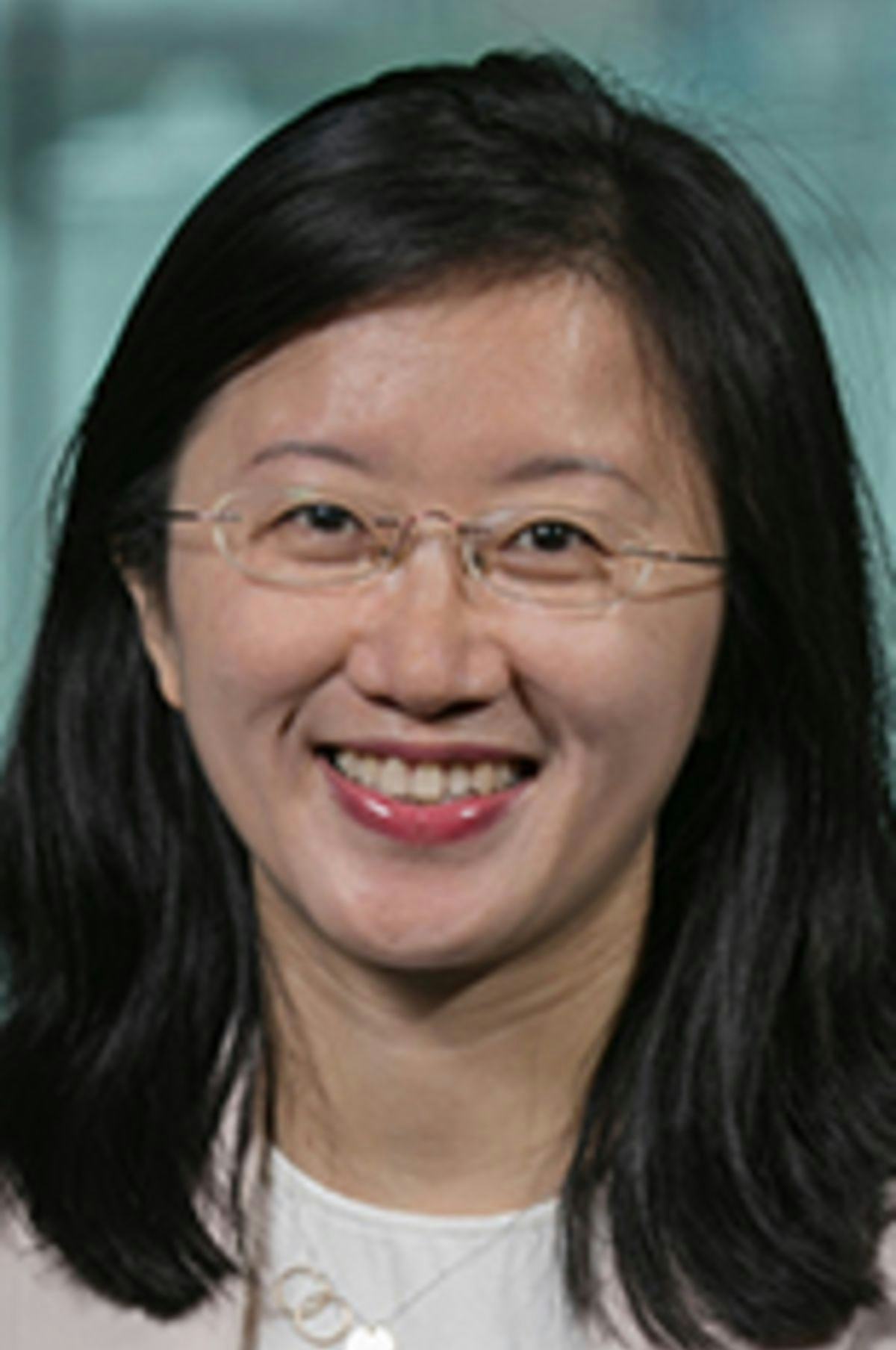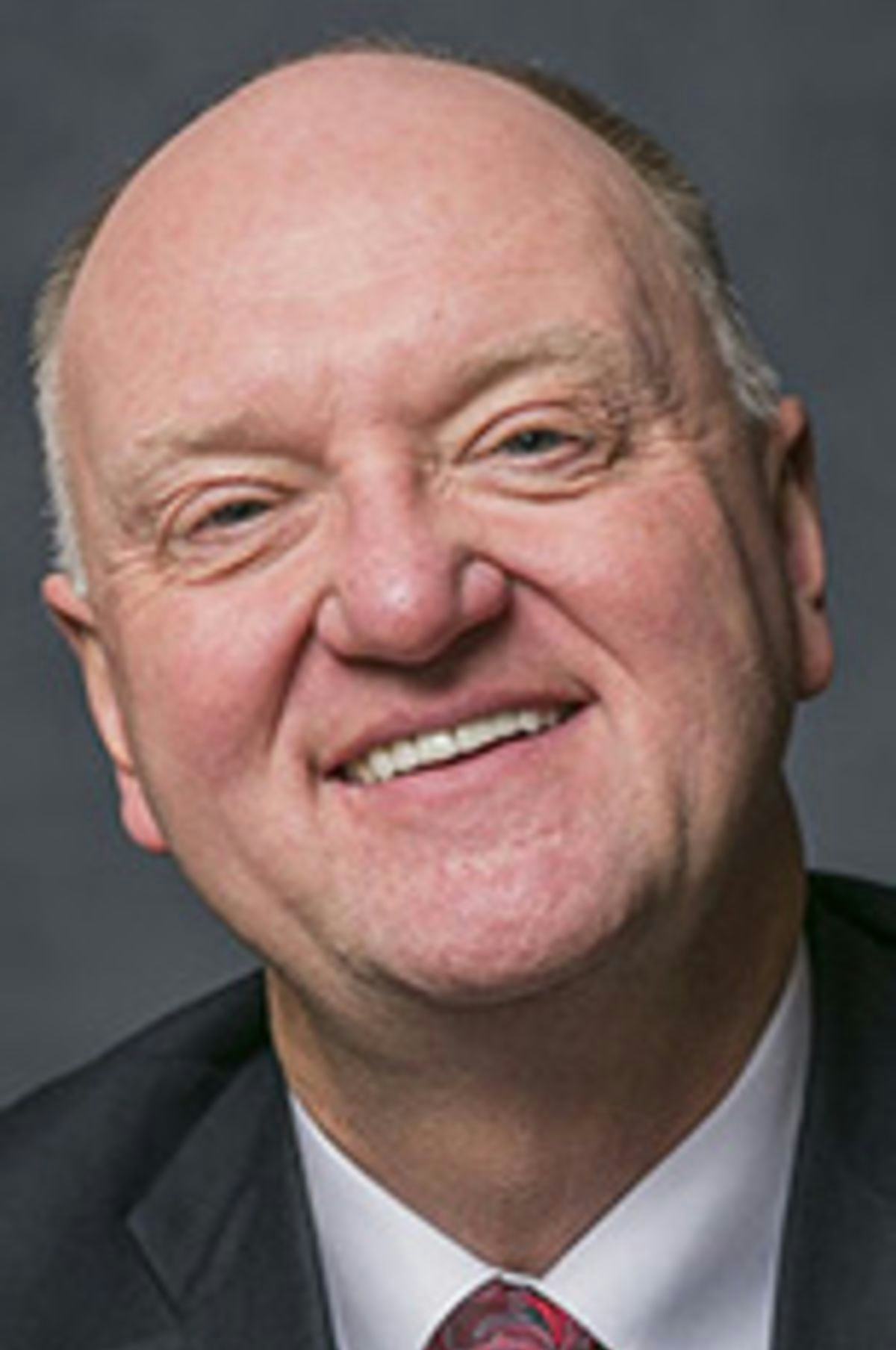Making Cents of Currency Risk: As Global Markets Whipsaw, Stevens Researcher Aims to Offer Insights to Businesses
Prof. Ying Wu’s New Approach to Economic Data May Help Companies Limit Uncertainty on Currency
When it comes to calamities, the last year has had more than its share, from political instability to pandemic.
Businesses coping with all these challenges are finding ready reminders that what may seem a far-off problem creates ripples that show up in their supply chains and on their balance sheets. It’s one reason companies came to Prof. Ying Wu for her unique brand of expertise on international finance — in this case, currency risk.
“When you look at social media, you get the sense that tariffs are the number-one concern for these multinational companies,” said Dr. Wu, an economist at the School of Business at Stevens Institute of Technology. “But what they told me is that they can plan for a tariff, because it’s announced in advance.”
Pandemic-driven challenges
On the other hand, overnight, the pandemic introduced incredible volatility into global markets that has led to wild fluctuations in currency values, creating hard-to-predict risks that have caused problems for large companies doing business in multiple countries, as well as investors with international portfolios.
In her new research, which appears in the Review of Finance, Prof. Wu and co-author Dr. Andrew Karolyi, at Cornell University, took a new approach to data analysis that sheds some important light on how these companies can better understand the cost of currency risk.
Currency risk is the possibility of losing money due to fluctuations in exchange rates, which makes it hard for multinational companies to forecast profit. A company can mitigate this risk by hedging — but this is a hard strategy to execute when currency risk is so hard to price. Prof. Wu said one bank she spoke with seemed to overcompensate for its exposure to currency risk.
“We might expect multinational firms to be more exposed to these kinds of risks as opposed to, say, a local farmer based in New Jersey, who doesn’t do any business with Chinese or European customers,” Dr. Wu said. “But I often heard, for example, that they are exposed to some degree through competition with farmers overseas — either directly, on the crop and livestock markets, or indirectly, on the corn and feed markets.”
Pricing currency risk is not a new problem — in fact, it’s one that’s vexed international asset pricing experts for four decades. Most of the previous empirical research has failed to generate inconsistent results with theoretical predictions, which Dr. Wu said may be because those studies used bilateral or multilateral exchange rates as the proxy for currency risk. Those studies also excluded emerging markets, further limiting the viability of those results.
In this study, she used a newer set of currency risk factors — a dollar-risk factor and a carry-trade risk factor — as proxies for foreign exchange risk, and found evidence that they are indeed priced in the cross section of global equity returns across the last 40 years. Her findings should give companies tools to better assess their exposure to risk.
“This work will support those small and medium businesses looking for help in making better decisions about whether to hedge on currency risk — and at what price they should take that risk into consideration,” she said.
Importance of technical savvy
This research drew on an enormous dataset — monthly returns for more than 47,000 stocks from 46 developed and emerging markets over a four-decade period. Dr. Wu used a technique called principal component analysis to find signals in the data and benchmark currency risk factors against a variety of global asset pricing models, as well as characteristics of the companies tracked — like size, value, momentum, profitability and investment.
“At Stevens, we are really technically intensive. We emphasize the use of advanced tools and analytics in the domain of finance,” she said. “It’s one reason we were able to draw so many valuable insights from the data and find answers.”
Prof. Wu’s latest paper is also her latest collaboration with Dr. Karolyi — a relationship that goes back to when Dr. Karolyi was her Ph.D. advisor at Cornell. The pair have looked at a number of issues related to international financial markets that are breaking new ground for economists.
“When I first met Ying, I saw in her a student with a true drive and ambition,” said Dr. Karolyi, now acting dean of Cornell’s SC Johnson College of Business. “It was clear to me that we could accomplish much as a collaborative team. We push each other on, we debate and discuss, back and forth.”
More important than getting published, Dr. Karolyi said, is “the unrelenting pursuit of the answer. I know Ying is motivated to that end as much as I am.”
That’s definitely true of Dr. Wu, who wants to continue this research thread, in order to provide additional insights for practitioners, as well as bring these new insights to the classroom, where she’s restructuring her economics classes to be more like an MBA program, with extensive case studies.
“In my classes, we look at real examples in international and emerging markets, so that students can look at things like currency risk, international portfolio management and various monetary policies,” she said. “This kind of research gives them new tools and perspective, and challenges them to figure out how they might approach an investment strategy in the real world.”
Undergraduate Business Experience Graduate business programs School of Business




